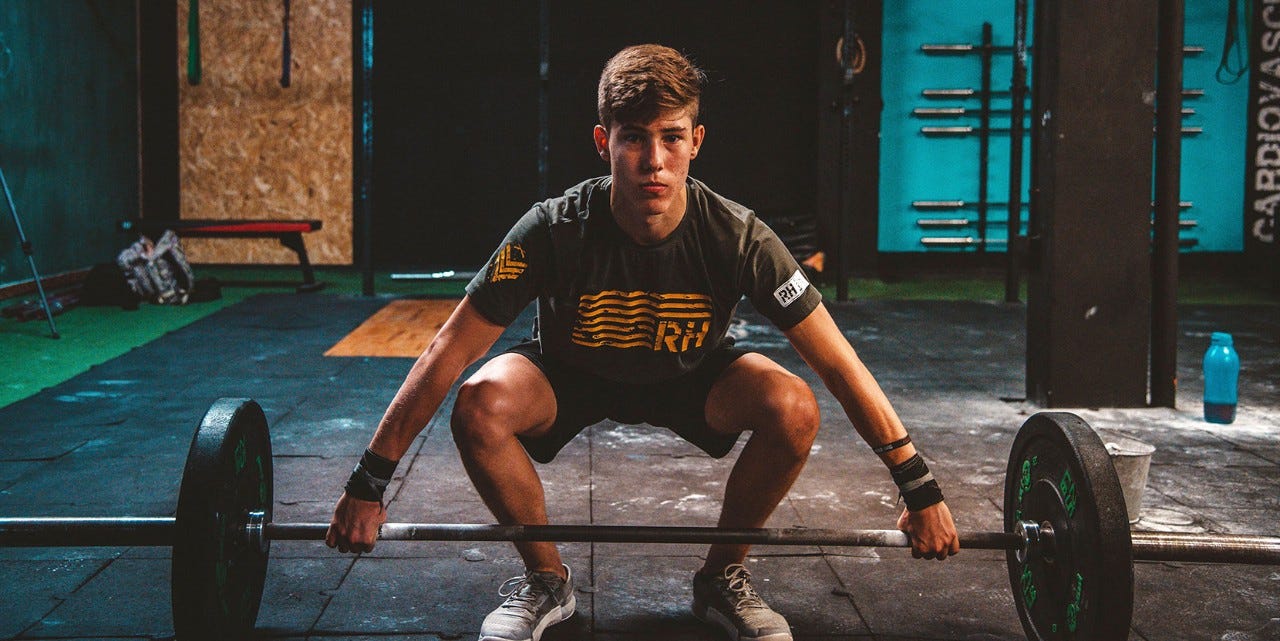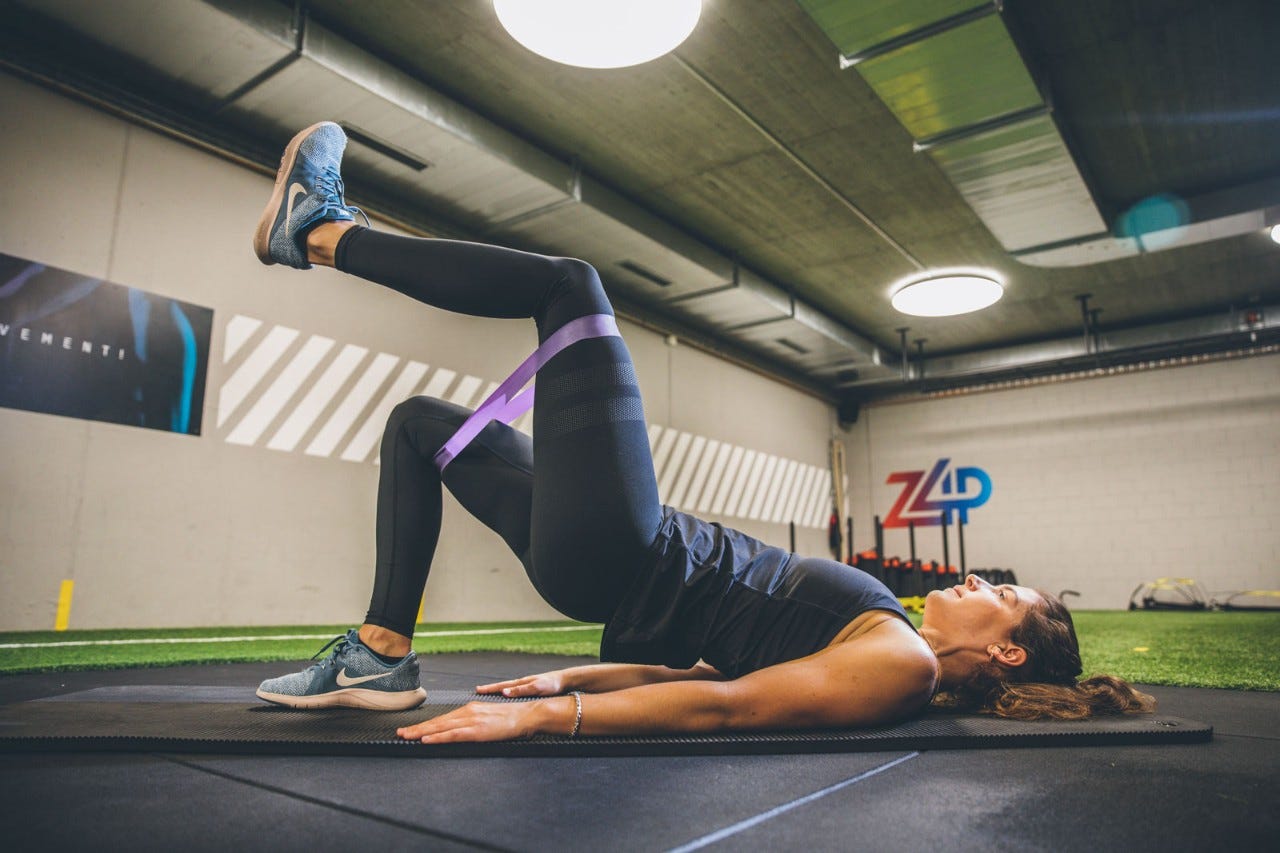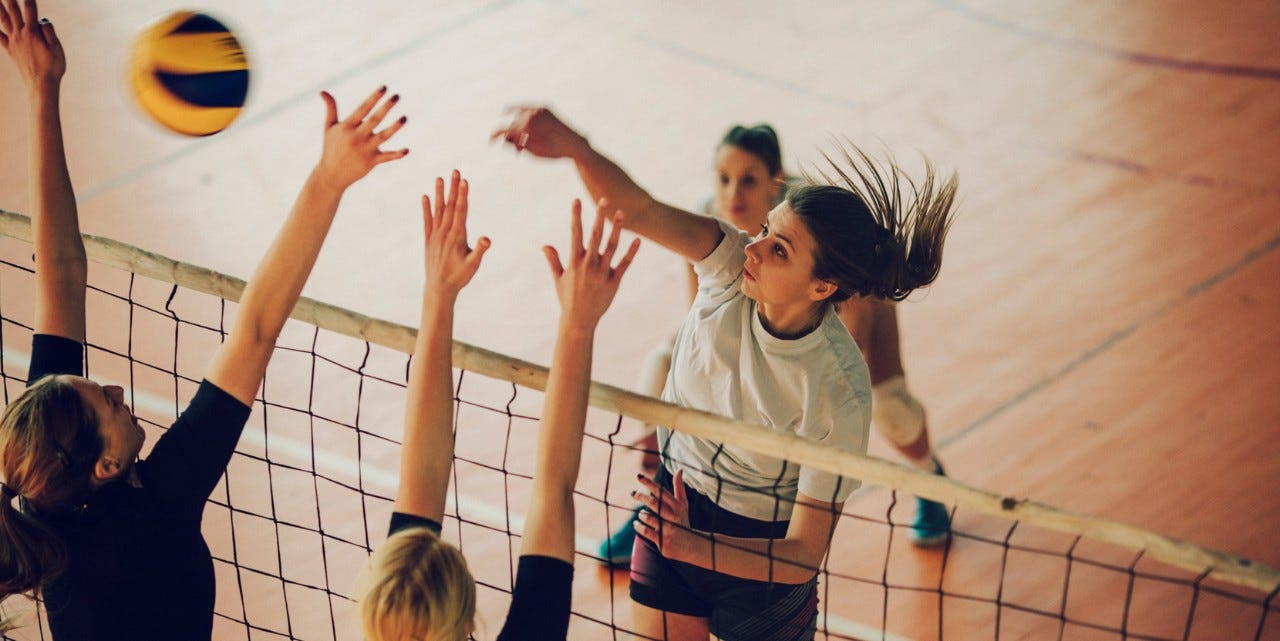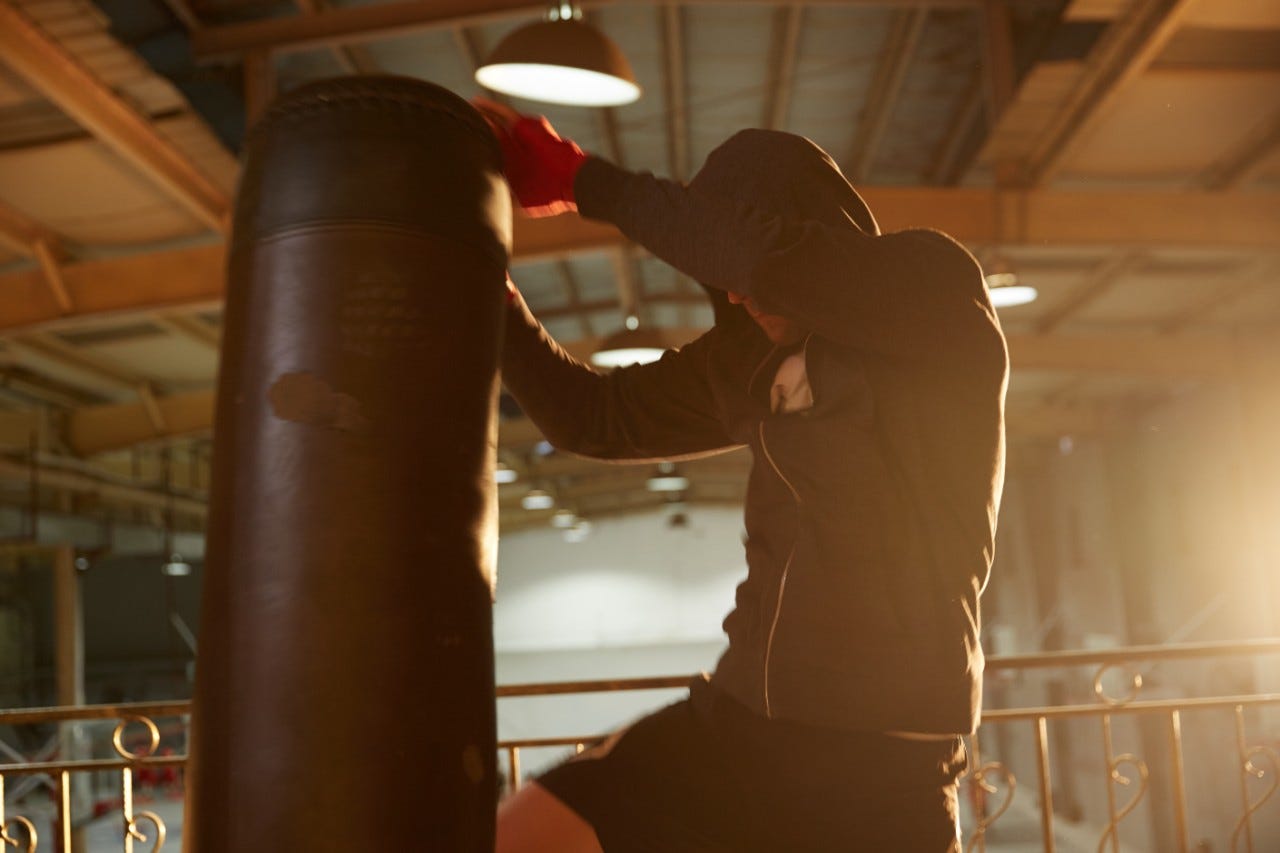Strength training for teens
When is the right time to start strength training? Paediatrician Susi Kriemler believes that it’s never too early to start strength training for fun.

A few years ago, strength training for young people was still seen as controversial, but today more and more young people are joining gyms to lift weights and build muscle.
Susi Kriemler from the “Children Activity and Health” group at the University of Zurich’s Epidemiology, Biostatistics and Prevention Institute has also noticed the trend towards ever younger members at the gym. But she adds: “I see that the gap is widening, with some young people, particularly young men, exercising more and more, while others are doing almost nothing for their fitness.”
A muscular body is widely seen as fit and healthy, but is it really a good idea for young people whose bodies are still growing to start strength training? What do you need to bear in mind? From what age can you push your training harder at the gym?
When to start strength training?
“If you start a sport as a teenager or adult, you’re actually already considered a late starter. The earlier you make fitness part of your daily routine and notice the physical benefits, the more you will enjoy training. You need to have fun if you’re going to stick at it in the long term,” says Kriemler, a paediatrician and sports doctor who analyses children’s physical activity in relation to health and quality of life.
Kriemler recommends introducing children to playful “strength training” when they are toddlers. “Of course, children don’t train on mini machines and dumbbells like little adults. It’s about getting them to enjoy the movement and letting them run and jump around to their heart’s content.”
Why should children and teenagers build up muscle?
Classic myths regarding strength training are hard to shake: People doubt the benefits of weight training and worry that it may be harmful to young people’s development. They worry that it will damage the bones or impair growth. And is it even possible for children to improve their strength? “Myths abound about this topic,” says Kriemler.
However, the latest international research studies show that, if strength training is done properly, it safely and effectively improves strength, increases bone density and protects against injury. The same applies to children: “Comparatively speaking, they even build up strength faster and improve their coordination more quickly than teens or adults,” says Kriemler.
“In the past, endurance sport was seen as the key to healthy living, but today we know that strength training also plays an important role. It helps strengthen our musculoskeletal system, makes our bones more stable, increases our resistance to pain and illness, and helps prevent poor posture. Strength training also improves our mental well-being. And it is an important foundation for other sports. Ultimately, you can accomplish more when you are strong and have a positive body image.”
Kriemler says there is little risk of children harming their bodies. “In principle, every child can train any of his or her muscles. If you compare strength training with football or handball, the risk of injury is very low. Nothing can go wrong if you stick to the guidelines.”
And remember that children experience high force peaks for a short time, for example when they jump off a wall. Our bodies are designed to cope with these strains. Strength training is only harmful if it is too intense, too frequent or done incorrectly. Those who eat a one-sided diet, buy dubious protein products from the internet or resort to doping are also harming their bodies.
How often should young people do strength training?
Experts recommend that children train without equipment and that they should increase their strength using fun bodyweight exercises. In other words, instead of lifting heavy weights, they should repeat movements as often as possible. However, young athletes from around the age of ten can train on machines and dumbbells in the gym, provided they are supervised by a professional, start off with light weights and exercise on machines that are the right size (see also Dos and Don’ts).
Ideally, strength training should be done two to three times a week in combination with other sports. “From school age, children and young people should do sport for at least one hour every day and should train their endurance, strength and mobility,” says Kriemler.
To sum up:
Strength training is healthy and recommended for children and young people, provided that it is done properly and under instruction. And: injuries are far more likely on the football pitch or mountain biking than in the gym.
The right training for youngsters
Dos
- Start early: Take children to the play park, the forest or out in the garden! Parents can ensure that even very young children are strong, enjoy moving and have a positive body image. Strength exercises include clambering on a climbing frame, pulling themselves up a pole, playing football, playing catch or crawling around on all-fours. “It doesn’t matter what they do: just get them moving,” says Kriemler. “Children up to the age of five should be active for at least three hours a day. That’s the best way to encourage an active and healthy lifestyle from an early age. It is important that children enjoy exercise. Otherwise they will lose interest.” Of course, exercising with other children is twice as fun.
- Get informed: Those who know the guidelines and recommendations for their age will exercise more healthily. Moreover, well-informed young people are better able to identify reputable instructors and gyms.
- Bodyweight exercises: All you need for bodyweight exercises are yourself and a little space. You’ll find a wealth of free strength exercises on YouTube. There are plenty of good offers online, especially for Pilates.
- Gym: yes, but the right way: More and more fitness centres have picked up on the growing demand for weight training among young people and now offer tailor-made programmes for “junior fitness” with trained staff and suitable equipment. This is important because many machines for adults are simply too big. The advantage: if the equipment is the right size, the exercises are virtually predefined (unlike training with dumbbells), so fewer mistakes creep in. In contrast to adults, the physical development level of young people should also be determined in order to be able to set up a personalised training programme. Under proper supervision, children as young as ten can train without having to worry about any unforeseen consequences.
- Working out with dumbbells: Supervision is particularly important when training with dumbbells, because you need to be sure that you are using the correct technique. Start with light weights.
- Work towards your goal at a steady pace: Use the right technique, continuous (no jerky) movements, the right breathing (no forced exhalation!), step-by-step build-up of weights – take your time with your training to build up strength healthily. If you train several times a week, you also need to plan in breaks and recovery sessions, because the body needs these downtimes to build muscle mass.
- The combination counts: If you want to build muscle, you shouldn’t focus exclusively on strength training. It’s important to combine it with endurance sports such as swimming, jogging or cycling.
- Balanced diet: A balanced diet will provide the body with all the nutrients it needs. You don’t need artificial additives or special sports nutrition from the internet.
Don’ts:
- Don’t try and do it alone: Professional coaching is the key to success. Find a coach who can put together the perfect programme for you. Training together is also more fun.
- No pain, no gain? It’s no fun to train when it hurts. If a movement hurts, it will damage your body and means you are probably doing the exercise wrong. You need to listen to your body’s warning signs.
- Equipment too big, weights too heavy: Training on the wrong-sized equipment is counterproductive and can even be dangerous, as the radius and lever are then disproportionate. And lifting too heavy weights too quickly is also pointless. You just run the risk of damaging and tearing your muscles and ligaments. It’s better to do more repetitions with lower weights using the right technique.
- Ordering boosters from the internet: Proteins advertised online promise faster muscle gain. The problem is that you often can’t be sure what these products contain. Many powders, drinks and pills – at least those that haven’t been tested in Switzerland – contain anabolic steroids. What’s more, healthy young people don’t need protein supplements to support their training. So you can save your money.
You can find information on the topic and strength exercises for children and young people here.
3 questions, 3 answers with Professor Urs Granacher – in the video.


